
John Berger wrote in Ways of Seeing, “Seeing comes before words”. Seeing is the first human faculty to develop, followed by touch. Soon, verbal language enters the fray and words take shape to express the self and the world. It is the act of belonging to a linguistic system that allows intellectual growth and the ability to respond to the external world. In the existing discourses and literary critical theories, everything that can be read is understood as ‘text’. Contemporary art practices in India delve into these processes of seeing and reading and articulating as integral parts of their visual language. Very often, the sense of ‘touch’ is privileged; artworks generate a visceral effect and human senses operate as ‘readers’ of the text. Performance art allows the reading of the body itself as text.
In this essay, I will explore works by contemporary artists who often employ the written word in their works, and look at the affects, ideas and experiences they produce. The Cubists, early in the 20th century, started including textual elements in their multi-perspectival works. Georges Braque’s The Clarinet explored text as graphic material, for example. Surrealists also used words in their paintings, with Rene Magritte’s The Treachery of Images (This is Not a Pipe) as one of its most iconic examples. Later, in the 1970s, text as art found its expression in the Conceptual Movement that emphasized ideas over visual forms. Several contemporary western artists also use text in their works.
Esta historia es de la edición January 2020 de Art India.
Comience su prueba gratuita de Magzter GOLD de 7 días para acceder a miles de historias premium seleccionadas y a más de 9,000 revistas y periódicos.
Ya eres suscriptor ? Conectar
Esta historia es de la edición January 2020 de Art India.
Comience su prueba gratuita de Magzter GOLD de 7 días para acceder a miles de historias premium seleccionadas y a más de 9,000 revistas y periódicos.
Ya eres suscriptor? Conectar

Parts, Wholes And The Spaces In Between
Sonal Sundararajan introduces Samira Rathod's free-spirited and rebellious explorations in the world of architecture, furniture and design.

"The Fine Art of Going to the Pictures."
Dr. Banerjee in Dr. Kulkarni's Nursing Home at Chemould Prescott Road brings together 26 paintings featuring a series of dramatic scenes from Hindi and Bengali films. In conversation with Abhay Sardesai, artist Atul Dodiya talks about childhood trips to movie halls, painted figures gripped by tension, and the closeness and remoteness of cinematic images.
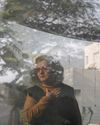
"To Finally Have Something of Your Own to Mine."
Dayanita Singh is the recipient of the coveted 2022 Hasselblad Award. Keeping the photograph at the centre, she speaks to Shreevatsa Nevatia about books, book objects, photo novels, exhibitions and museums.
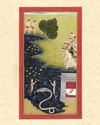
OF DIVINE LOSS
Shaurya Kumar explores the relationship between the subject and object of devotion, finds Aranya.

THE PAST AND ITS SHADOWS
Neha Mitra visits two shows and three artists in Mumbai.
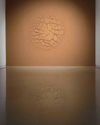
FORCE OF NATURE
Alwar Balasubramaniam dwells on absences and ephemeralities in his new work, states Meera Menezes.
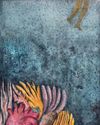
SHAPES OF WATER
Devika Sundar's works delineate the murky, malleable boundaries between the human body and the organic world, says Joshua Muyiwa.
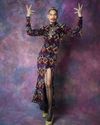
INTIMATIONS OF INTIMACY
Sunil Gupta shares his journey with Gautami Reddy.
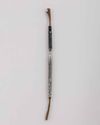
THE FRACTURED PROSPECT
Nocturnal landscapes as ruins in the making? Adwait Singh looks at Biraaj Dodiya's scenes of loss.
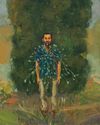
TEETERING BEYOND OUR GRASP
Meera Menezes traces Mahesh Baliga's journey from Moodabidri to London.